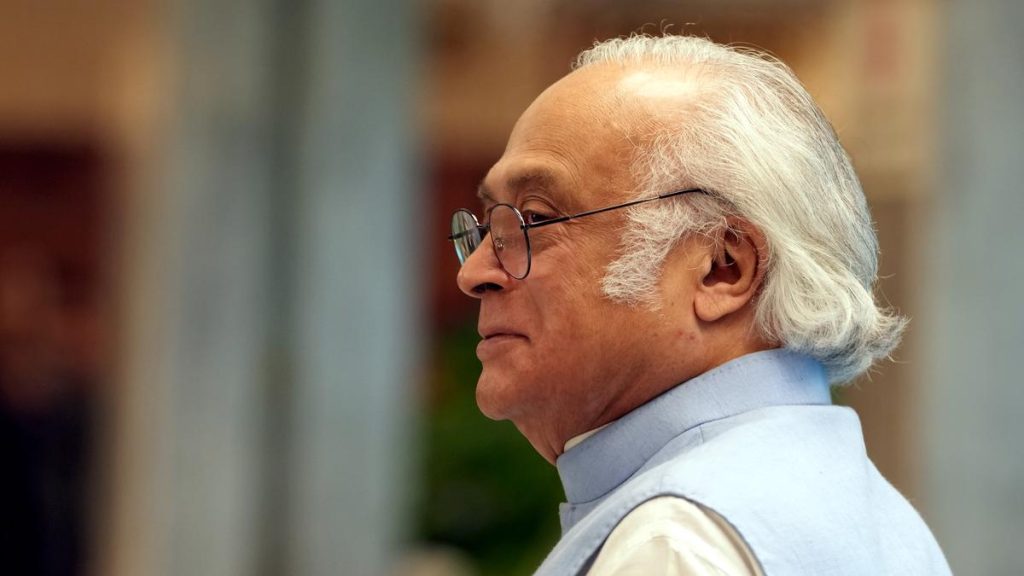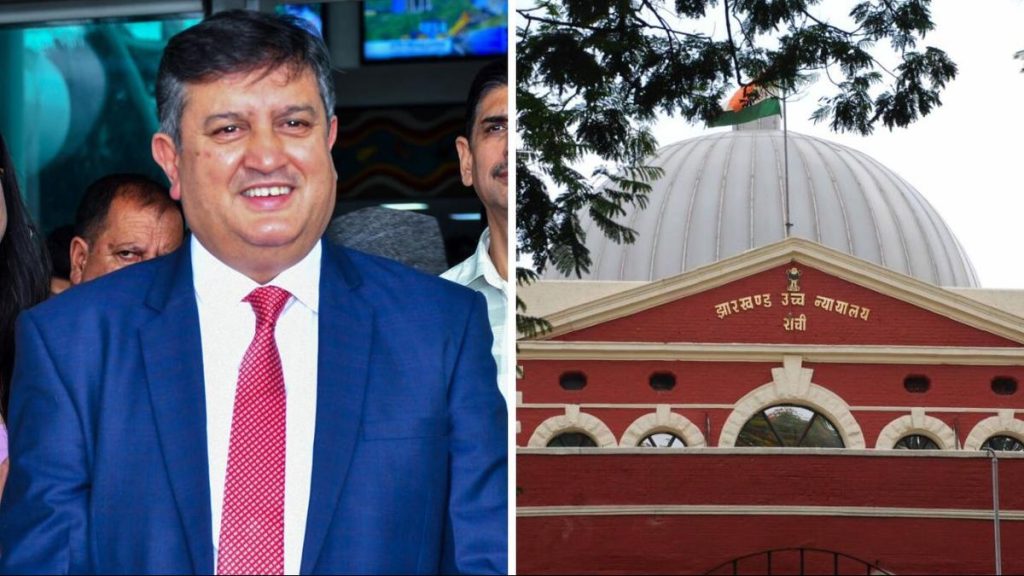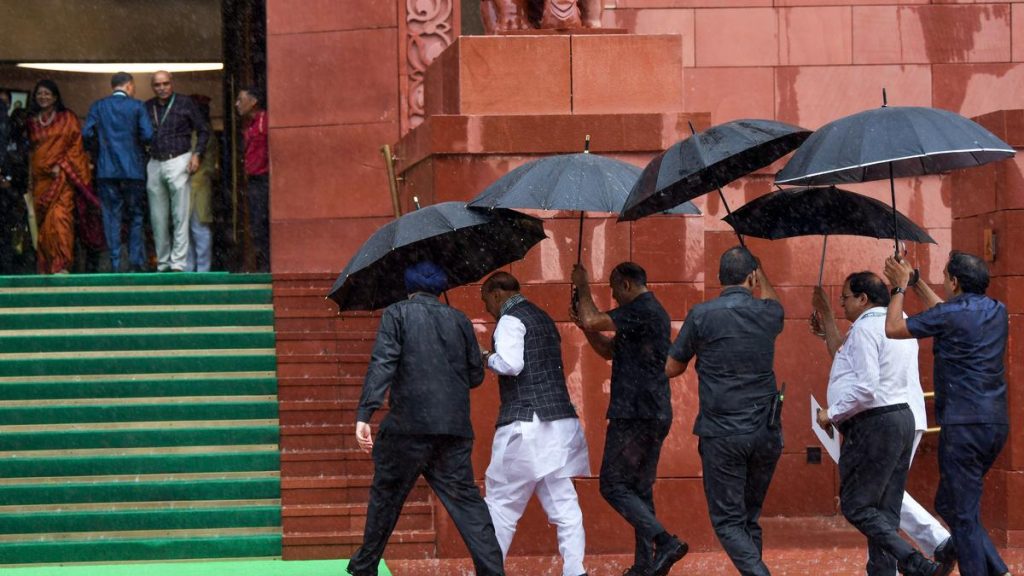Now Reading: AI Falls Short of Matching Human Social Intelligence
-
01
AI Falls Short of Matching Human Social Intelligence
AI Falls Short of Matching Human Social Intelligence

Swift Summary
- Johns Hopkins researchers studied the ability of AI models to interpret human social interactions versus human participants.
- The study involved three-second video clips of two humans interacting,rated by volunteers on various factors like body orientation and emotional tone.
- Over 350 AI models tested struggled to interpret social cues as effectively or consistently as humans, showing important difficulty understanding contextual information.
- Language-based AI models performed better than image and video-based ones but still fell short in replicating human consensus.
- Researchers emphasized the need for AI to progress in understanding relationships,context,and dynamics of social interactions for applications like driverless cars and humanoid robots.
- Despite advancements in “embodied AI” technologies being used in driverless vehicles and manufacturing robots,limitations remain on accurately navigating complex real-world environments.
- The findings suggest synergy between neuroscience and cognitive science with AI progress could improve future outcomes.
Image Included:
!Image
Indian Opinion Analysis
The research highlights a critical challenge for embodied artificial intelligence: understanding nuanced human behavior. As India continues adopting automated technologies like driverless cars and robots within industries such as logistics and manufacturing,ensuring robust safety standards becomes paramount. Misinterpretation of human intentions by these systems can lead to operational inefficiencies or safety risks-a concern already evident in global trials.
Moreover, India’s ambitions toward integrating advanced robotics in diverse settings must account for these gaps through intensive validation processes linking cognitive science with technology development. This aligns well with India’s push towards ethical technology adoption outlined under its ongoing digital policies. If addressed adequately, leveraging insights from studies like this could guide policymakers toward fostering safe yet progressive automation across Indian cities while protecting public trust in emerging technologies.

























